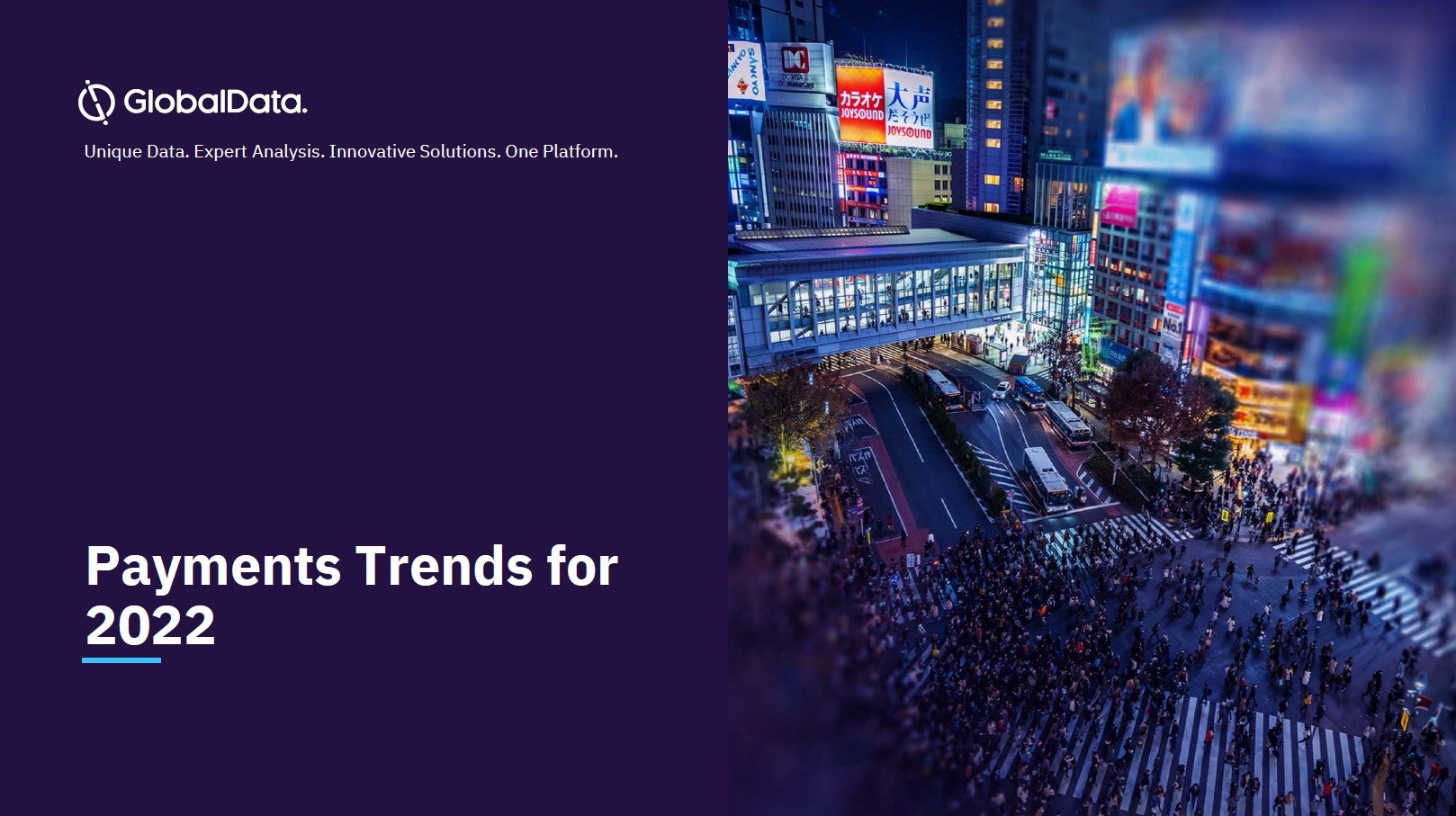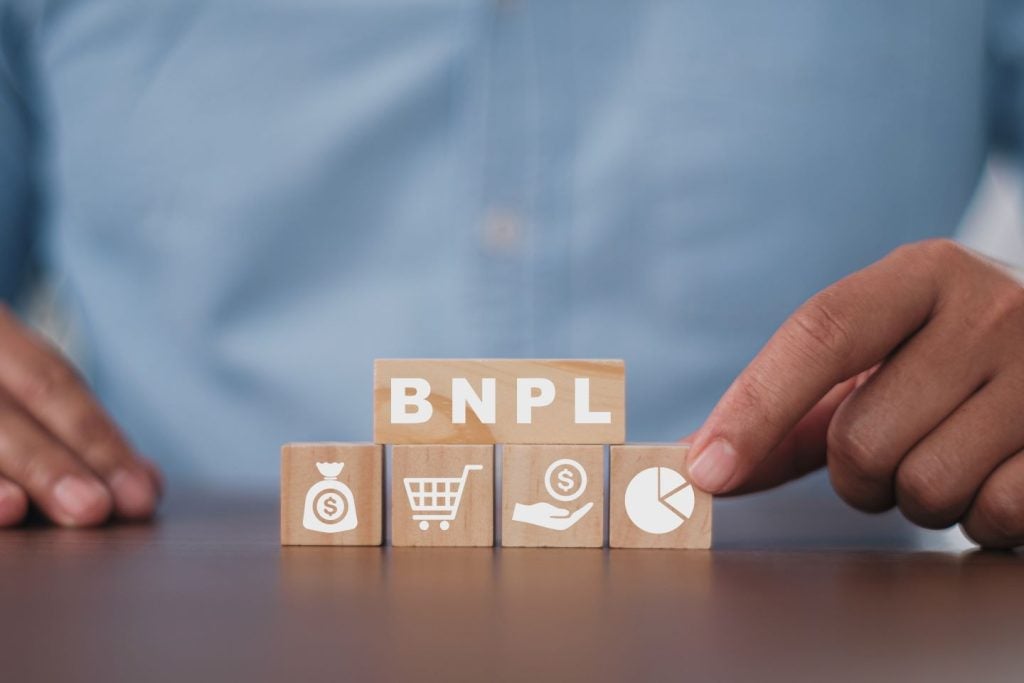Cristina Astore, North Western Europe Region Sales Director, SIA looks at four major developments she believe will sustain the payments and financial services sector going forward.
2019 was expected to be focused on the advent of PSD2 and Open Banking, however It has not yet shown its full potential in practical terms.
How well do you really know your competitors?
Access the most comprehensive Company Profiles on the market, powered by GlobalData. Save hours of research. Gain competitive edge.

Thank you!
Your download email will arrive shortly
Not ready to buy yet? Download a free sample
We are confident about the unique quality of our Company Profiles. However, we want you to make the most beneficial decision for your business, so we offer a free sample that you can download by submitting the below form
By GlobalDataBlockchain instead began to attract more and more attention. The deployment of relevant initiatives based on permissioned Distributed Ledger Technology (DLT) went beyond the proof of concept. For example, the ‘Spunta project’, commissioned by the Association of Italian Banks (ABI), greatly improves the resolution of interbanking reconciliation issues, a highly manual and time-consuming process. The initiative will be fully operational across the whole Italian banking community in the second half of 2020, increasing automation and reducing the time to redress reconciliation issues from 3 days to less than 3 hours. Another example is a project started by the Municipality of the City of Bari in the south of Italy, to digitise in total security the administrative processes related to sureties and achieve greater efficiency, eliminating manual error and preventing fraud, by using DLT and smart contracts. Both initiatives involving SIA show the enormous potential of the Blockchain to provide solutions in the context of communities sharing common business processes based on decentralised applications.
Mobility is another area where the introduction of innovation has brought a significant improvement in the user experience. Italy is driving this evolution. Following Milan in 2018, Rome deployed contactless ticketing over the underground and local railway network. Travellers are able to use their normal contactless credit or debit card at the turnstile, removing the need to buy paper tickets. The system also automatically charges the best fare based on the number of journeys made. A similar move happened at the Venice public transport authority with the adoption of Android SmartPOS terminals on every vaporetto boat in order to digitise the purchase of tickets by residents and tourists alike.
Payment digitisation generates a significant volume of data that can be exploited to improve existing services and develop new ones answering customers’ needs. For example, transportation authorities can get crucial information about travel itinerary patterns from contactless ticketing, unobtainable with paper tickets, to better serve travellers by adapting transit lines to customers’ usage. We expect
to see in 2020 a strong development of Big Data systems based on payment in other sectors and not only in transport.
The Internet-of-Things will also contribute to streamlining some automatic payment processes. We foresee a rise in the number of such devices, driven by advances in technology and the expansion of 5G mobile networks. Furthermore, we are working to better integrate them within payments infrastructure, in association with Artificial Intelligence to develop increasingly sophisticated use-cases.
We will see a further acceleration towards consolidation in payment and financial services. One example is the roadmap to the Eurosystem Single Market Infrastructure Gateway promoted by the European Central Bank, and another is reflected by our progress in the Business Process Outsourcing of large card portfolios.
Finally, we expect to see a strong growth of e-commerce, supported by the roll-out of new solutions for mobile payments based on Open Banking access-to-account solutions introduced by PSD2.








